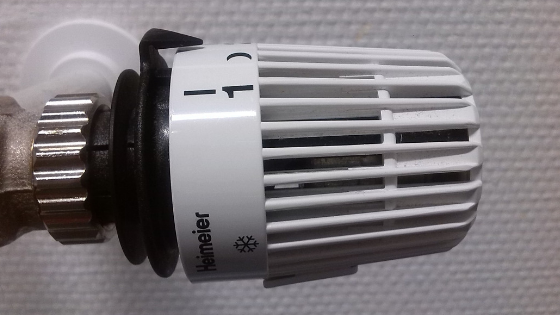Top Tips For Keeping Warm In Cold Weather
The Sustainable Energy Authority of Ireland (SEAI) say that the average home heating typically accounts for about two thirds of our energy bills. However, if you live in a Green Future home your energy bills would be slashed by up to 90 per cent.
Our experts share some of the cheapest and easiest ways to insulate your home properly to make sure the heat stays in cold weather.
DRAUGHT PROOF AND COVER FRONT DOORS
Put your hand next to your front door and you’ll notice how cold it is. First fit a brush strip to the bottom of the door frame. Around the sides and the top of the door you can use rubber draught seal which costs less than a Euro.
Have you got a letter box? If so, fit a letter box draught excluder.
Another good option s to fit a heavy curtain across the door. The same goes for any thin windows in the door frame. The heavier the better. Keep the curtains shut Much of the heat loss from a house occurs through the windows particularly if they are single-glazed. Keep curtains closed at night and ensure that the curtains don’t hang over the top of the radiators.
ADJUST YOUR CENTRAL HEATING CONTROL
20C is an ideal temperature for the living areas in a home. But if you lower your thermostat by just 1C, it could knock as much as 10% off your heating bill. That would save around €150 in a typical family home.
Do bear in mind that higher temperatures may be needed for young children or the old.
CAT FLAPS AND EXTRACTOR FANS
Old cat flaps will often blow open, and send a gale into your home. Consider replacing an old cat flap for a new one.
Check your extractor fan: lots of people never use them. They have blades that are supposed to block the wind when not in use but they become damaged, allowing draughts in. Replace broken ones, and if you never use it, block it up completely using a bag containing loft insulation. Pull the fuse on the fan so you don’t use it by accident.
BLOCK UP AN UNUSED CHIMNEY
Have a fireplace you don’t use? Then block it up. Consider buying a rubber chimney balloon for less than 20 Euros. A cheaper and easier option is to use an old pillow or bin bag stuffed with loft insulation. A green alternative is a chimney sheep – made from wool. They are cheap, don’t deflate over time, are biodegradable, and should last for years. Just make sure you remove it if you decide to use the fireplace.
RECONSIDER OPEN FIRES
They may look beautiful and add to the festive feeling, but open fires are wasteful of energy with more than 75% of the energy going up the chimney.
Insulate behind the radiator
Radiators on outside walls lose heat, so a thermal panel behind it will keep more heat in the room. Homes with single-skin walls or without cavity wall insulation will benefit most from these panels.
Get an electric heater
An electric heater can be more cost-effective than turning up your central heating, especially if you’re only trying to heat a single room that gets colder than the rest of your home. The latest electric heaters have to conform to ‘LOT 20’ efficiency standards, so you can rest assured that if you’re buying a heater from a reputable retailer, you’ll be getting the latest in energy efficiency.
Check in on elderly relatives
It's important that their home’s temperature doesn’t drop below 16°C. So make sure their home is set up for a sudden cold spell so they’re not left struggling in the cold.
Check whether they have:
thick clothes – wool ones will maintain heat better than cotton;
slippers, particularly sheepskin ones;
electric blankets or heated chair pads; a properly functioning heating system.



